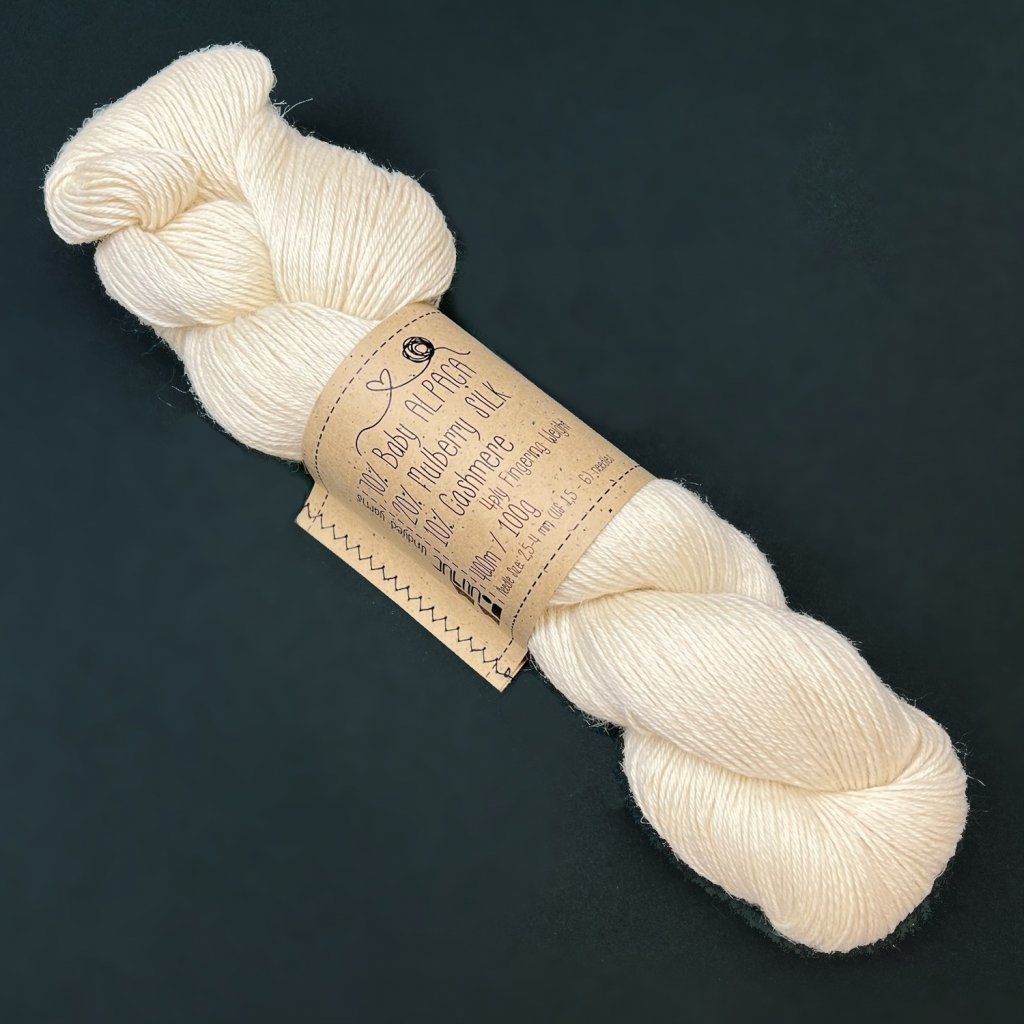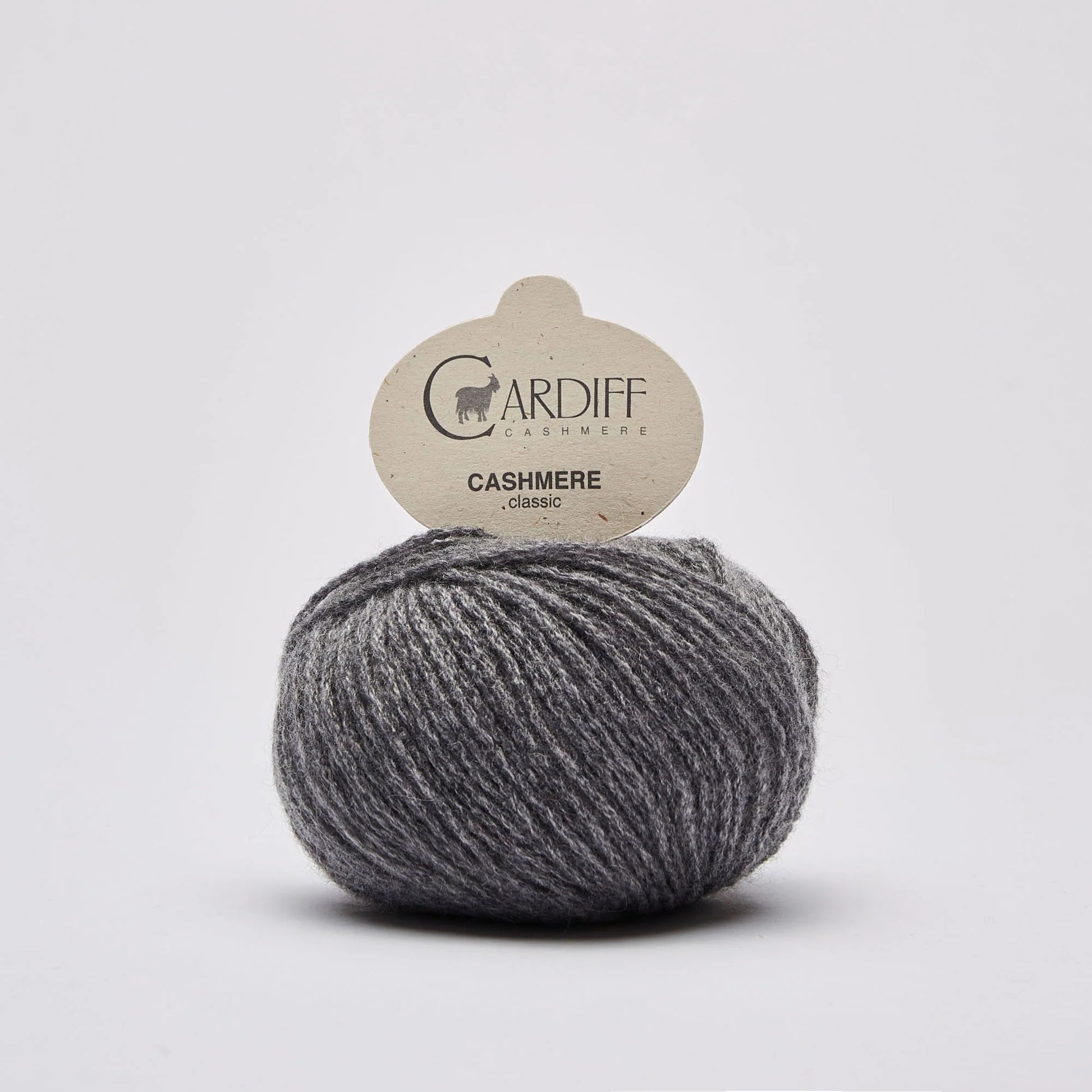The Origins and Benefits of cashmere in Creating Luxurious Clothing
The Origins and Benefits of cashmere in Creating Luxurious Clothing
Blog Article
Understanding the Different Kinds Of Cashmere an All-natural Fiber and Their One-of-a-kind Benefits

The Beginnings of Cashmere: A Historical Introduction
While the lavish touch of cashmere remains to beauty modern customers, its beginnings trace back to the rough, cool environments of Mongolia and the Mountain ranges. For centuries, the indigenous peoples of these areas have actually been raising Capra Hircus goats, the prime source of cashmere woollen. These goats, resilient versus the extreme winter seasons, grew a fine undercoat to endure, which later became referred to as cashmere. The name itself pays tribute to Kashmir, a region in India where the woollen was originally processed. Much of the very early cashmere trade course was promoted by the Silk Road, attaching Asia with the Middle East and Europe. In spite of its global spread, the finest cashmere is still thought to stem from the original regions of Mongolia and the Mountain Ranges.

The Manufacturing Refine: From Goat to Garment
Shearing a Capra Hircus goat marks the creation of the complex cashmere manufacturing procedure. This fragile procedure normally takes place once a year throughout springtime. The fine, soft undercoat is after that separated from the coarser external hair, a procedure called dehairing. The resultant raw cashmere is then cleaned to remove contaminations such as grease, dust, and vegetable matter.
The clean fiber undergoes dyeing, rotating, and weaving, or knitting, to change it right into a fabric. Facility procedures such as quality control checks and ending up procedures adhere to, making certain completion item maintains the extravagant criterion expected of cashmere. This painstaking procedure, from goat to garment, justifies the high expense affixed to cashmere products, making them a sign of luxury and improvement.
The Different Kinds of Cashmere: An In-depth Analysis

The One-of-a-kind Advantages of Cashmere: Comfort and Sustainability
Relocating from the selection of cashmere types to the advantages they supply, comfort and sustainability stick out plainly. Cashmere, an all-natural fiber, is renowned for its unequaled soft qualities, providing a degree of convenience that artificial fibers can not match. The material's agility, yet impressive warmth retention, makes it excellent for all seasons. Cashmere's natural flexibility allows it to return to its original shape, making it resistant to diminishing or stretching.
When it pertains to sustainability, cashmere is eco-friendly and naturally degradable, as it's harvested from cashmere goats who regrow their layers annually. what is cashmere. Unlike artificial fibers which can take hundreds of years to decompose, cashmere's influence on the atmosphere is minimal. This mix of comfort and sustainability makes cashmere an advantageous choice for aware customers

Taking Care Of Your Cashmere: Upkeep and Preservation Tips
While cashmere is certainly a luxurious and lasting option, it requires particular like keep its useful link high quality and extend its lifespan. To start, cashmere ought to be hand cleaned making use of cold water and a mild cleaning agent. Avoid turning or wringing the garment as it can harm the fibers. Instead, delicately eject excess water and lay it level on a towel to dry. Cashmere items ought to be saved in a awesome and dry area, away from direct sunshine and dampness. Making use of moth repellents can safeguard these garments from potential damage. It's a good idea to prevent hanging cashmere to avoid extending. Instead, fold and store them properly to maintain get more their form and high quality over time.
Purchasing Cashmere: Understanding Its Worth and Worth
Although cashmere might at first seem like a costly investment, its lasting value and worth become apparent when you consider its impressive qualities. Understood for its unmatched soft qualities and heat, cashmere is a premium natural fiber that surpasses other products. Its high demand and restricted supply add to its high rate, yet its longevity guarantees it lasts for years, supplying outstanding value for cash. Cashmere pieces are timeless, frequently coming to be antiques gave via generations. what is cashmere. In addition, its natural insulating residential or commercial properties offer warmth without the mass of artificial fibers. Spending in cashmere, consequently, is not just concerning present style patterns, yet concerning welcoming a lasting, durable, and extravagant way of living.
Verdict
In summary, the sort of cashmere one selects, be it navigate to this website Mongolian, Chinese, or Italian, is determined by private preferences for heat, luxury, budget plan, and sustainability. The value of cashmere expands beyond its cost, with comfort and durability including to its well worth. Correct treatment and maintenance can guarantee its preservation. Recognizing the beginnings, manufacturing procedure, and distinct benefits of various kinds of cashmere can lead consumers in their financial investment in this extravagant natural fiber.
Whether it's the remarkable warmth of Mongolian cashmere, the affordability of Chinese cashmere, or the eco-conscious production of Italian cashmere, there's a story to be uncovered behind each fiber type. Cashmere, an all-natural fiber, is renowned for its exceptional soft qualities, offering a degree of convenience that synthetic fibers can not match.When it comes to sustainability, cashmere is sustainable and biodegradable, as it's harvested from cashmere goats who regrow their coats each year. Recognized for its exceptional gentleness and heat, cashmere is a premium natural fiber that outmatches various other materials. Comprehending the beginnings, manufacturing procedure, and unique benefits of different types of cashmere can lead customers in their financial investment in this glamorous all-natural fiber.
Report this page